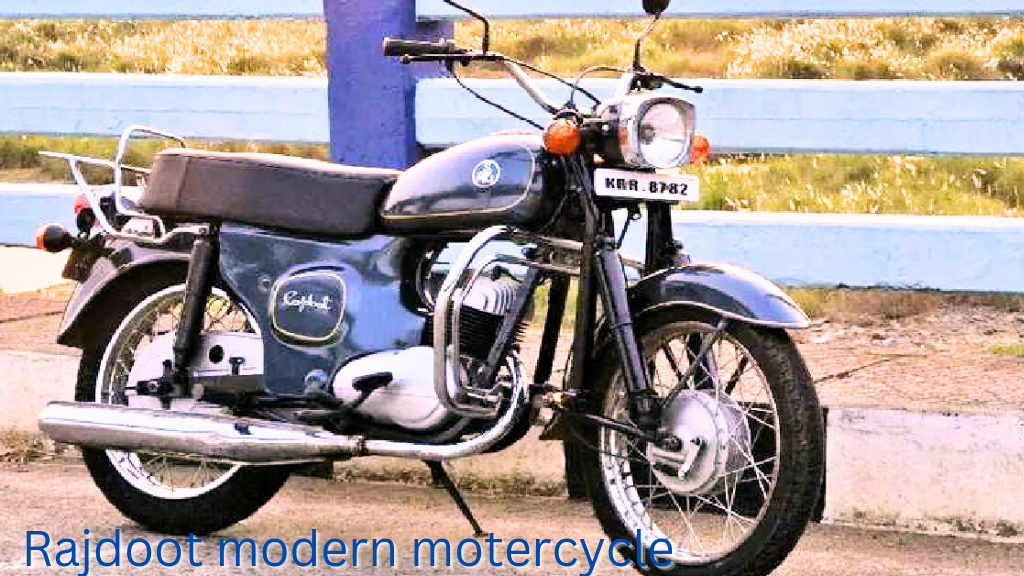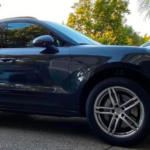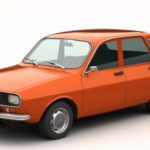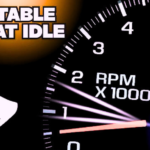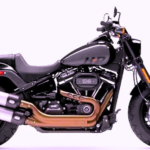Rajdoot
The Rajdoot motorcycle holds a place of honor in India’s motorcycling history, especially for those who cherish vintage motorcycles or recall the 1970s and 1980s era. With its rugged design, reliability, and timeless appeal, the Rajdoot was not merely a mode of transport; it was a symbol of freedom, exploration, and adventure. This post delves into the history of the Rajdoot, its impact on India’s motorcycle culture, and how it continues to hold a special place in the hearts of enthusiasts.
The Birth of the Rajdoot
Table of Contents
Introduced by the Escorts Group in the early 1970s, the Rajdoot brand made its mark in the Indian automotive scene. Escorts, a diversified conglomerate, launched Rajdoot to compete with well-known two-wheeled brands like BSA, Enfield, and Lambretta. However, Rajdoot’s focus was on providing a bike that was both tough and affordable, tailored to meet the demands of Indian road conditions.
During a time when India’s roads were less than ideal, the need for a durable, easy-to-maintain motorcycle was critical. Rajdoot catered to this need, offering a solid, reliable machine that could endure rough terrains and the ever-changing weather conditions across the country.
Rajdoot 175: The Motorcycle that Defined an Era
The Rajdoot 175 remains the most iconic model in the brand’s history. Powered by a 173cc, two-stroke engine, the bike was designed to provide both performance and practicality. The 175cc engine gave the motorcycle sufficient torque to navigate long commutes and extended journeys.
One of the standout features of the Rajdoot 175 was its durable construction. The bike’s design emphasized longevity, making it one of the most trusted motorcycles in India. It could handle everything from daily urban commutes to trips across challenging rural roads.
Visually, the Rajdoot 175 featured a simple yet distinct design. Its tank often bore bold graphics, and the seat provided both comfort and practicality. While the design wasn’t overtly flashy, it possessed an undeniable charm, making the bike a favorite for countless riders across the country.
Rajdoot and Its Role in Indian Motorcycle Culture
The 1970s and 1980s marked an important chapter in India’s motorcycling culture, with the Rajdoot playing a significant role in shaping this landscape. For many, motorcycles were not just machines for commuting; they represented independence and freedom. The Rajdoot, with its rugged build and dependable engine, embodied this spirit of liberty.
The Rajdoot 175, particularly with its signature two-stroke engine, became a symbol of adventure. Its distinctive engine sound was a familiar presence on India’s streets. The bike wasn’t just used for short rides within cities—it was frequently seen on long road trips, off-road excursions, and even in remote villages where it was employed as a reliable workhorse.
In the emerging motorcycle culture of the time, many motorcycle clubs dedicated themselves to preserving and enhancing the Rajdoot’s reputation. These groups exchanged tips on maintenance, modifications, and shared a common love for the bike, fostering a sense of camaraderie and community.
Decline of Rajdoot’s Popularity
By the early 1990s, the landscape of the Indian motorcycle market began to evolve. Emerging brands such as Hero Honda, TVS, and Bajaj introduced motorcycles with better technology, improved fuel efficiency, and more modern features. The four-stroke engine quickly became the industry standard, overshadowing the Rajdoot’s two-stroke model, which was no longer seen as efficient or environmentally friendly.
Simultaneously, new motorcycle models from Yamaha, Honda, and others started to dominate the market, offering improved performance and modern amenities that appealed to younger generations of riders. Unfortunately, Rajdoot’s older design could not compete with these advancements, leading to a decline in its popularity.
However, despite no longer being in production, the Rajdoot continues to be cherished by those who had the privilege of owning one. For these owners, the bike represents more than just a mode of transport—it is a cherished memory of a time when motorcycles were synonymous with adventure and independence.
Revival of the Rajdoot Legacy
Even though Rajdoot motorcycles are no longer in production, they have experienced a resurgence among vintage bike enthusiasts. Over the years, a passionate community of collectors, restorers, and motorcycle lovers has emerged, dedicated to preserving and reviving Rajdoot motorcycles. These restored bikes can often be spotted at vintage motorcycle rallies and exhibitions, where enthusiasts come together to celebrate the classic models.
In recent times, there has been a renewed interest in classic motorcycles, and the Rajdoot 175 stands out as a sought-after collectible. Whether it’s the unmistakable sound of its engine, the nostalgic design, or its historical significance, the Rajdoot 175 remains a symbol of a bygone era in Indian motorcycling history.
Why the Rajdoot Still Resonates Today
Despite being out of production for years, the Rajdoot continues to capture the imagination of both old and new motorcycle enthusiasts. Here are some reasons why the Rajdoot remains relevant even today:
1. Historical Importance
The Rajdoot was one of the pioneers of the Indian motorcycle industry, laying the groundwork for the motorcycles that followed. Its design and durability set a high standard for future bikes, making it an important piece of India’s motoring history.
2. Cultural Impact
For many, the Rajdoot is more than just a bike—it’s a piece of history. It represents a simpler time when motorcycles were associated with freedom, individuality, and the thrill of the open road. The Rajdoot was an iconic part of the fabric of 20th-century India.
3. Durability
One of the lasting qualities of the Rajdoot was its incredible reliability. Built to withstand tough conditions, it was known for its ability to go the distance without faltering. This robustness was a major selling point for the bike during its heyday.
4. Nostalgic Appeal
For many, the Rajdoot evokes fond memories of their youth and the adventures they had on two wheels. Its nostalgia factor is strong, as it represents a time of simplicity and exploration, capturing the essence of freedom.
Conclusion: The Everlasting Spirit of Rajdoot
Although the Rajdoot is no longer manufactured, its legacy endures. It continues to captivate motorcycle collectors, vintage bike enthusiasts, and those who hold memories of it close. The Rajdoot remains an integral part of India’s motorcycling history, and whether you’re an experienced rider reminiscing about the good old days or a new generation discovering it for the first time, the Rajdoot is still an icon.
